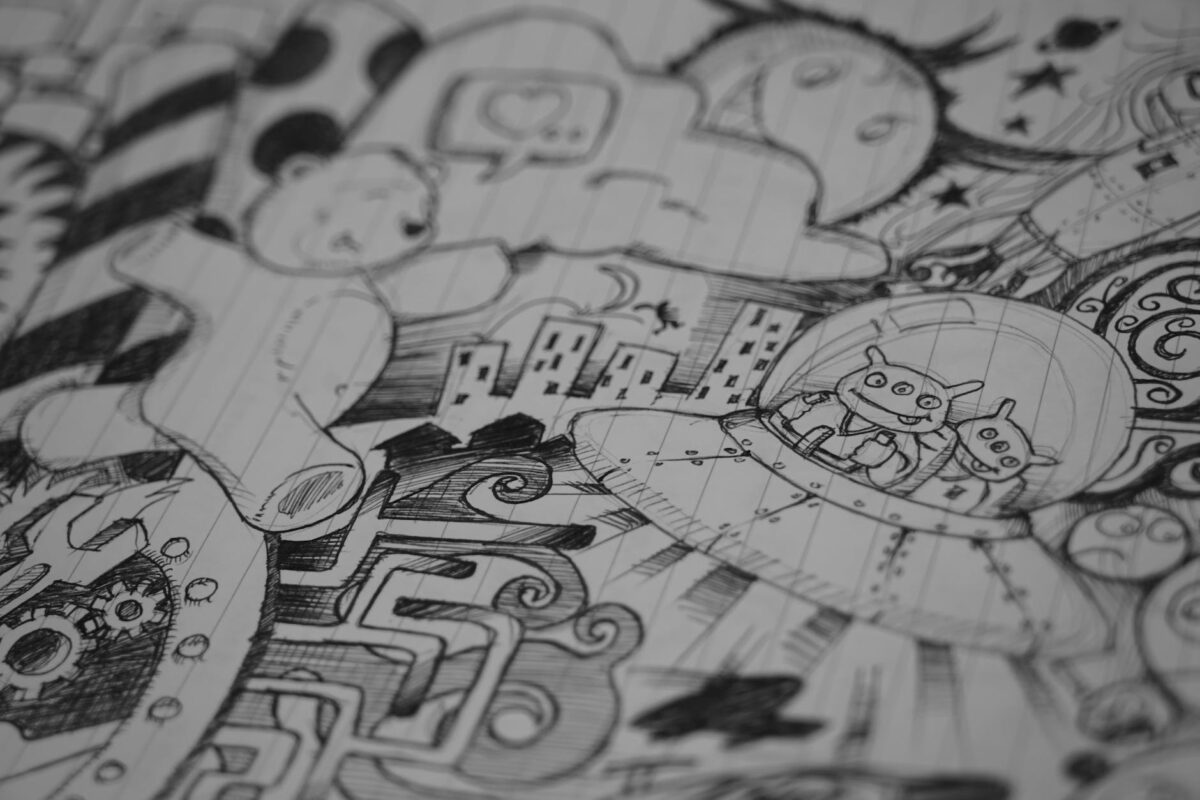There’s a project that I’ve wanted to begin for a few years. I thought I’d have the chance during my first year as a full-time digital learning coach, but then COVID happened, and things went off the rails.
Now, my project is running. I’m working with a group of teachers in my district; the Future Shift Fellowship. The teachers represent grade levels from K-12 and several different content areas. Our focus is on redesigning lessons to create deeper learning experiences for students.
In case you weren’t aware, this process isn’t easy. But, with the right outlook and tools to help, we’re making some headway on this journey.
The Right Tool for Framing Conversations
We’re using the wonderful 4 Shifts Protocol as our guiding light during all our conversations. If you’re not familiar with this protocol, here’s an overview:
The 4 Shifts Protocol is a questioning protocol that focuses on redesigning lessons in four areas: deeper thinking & learning, authentic work, student agency & personalization, and technology infusion.
It’s a simple tool to begin using, but it opens the door to much deeper conversations about what we ask students to do and how those tasks align with meaningful work in settings beyond the classroom.

Before this week’s meeting, I asked the fellows to read through the 4 Shifts handbook to guide our discussions. From the group, here are some of the thoughts they shared and their takeaways from the book:
The 4 Shifts Takeaways
My fellows know that one of my rallying cries about any change we undertake in our classrooms is to “embrace the suck.” It’s a military term used by trainers to get their trainees to understand that you must lean into being uncomfortable and push through difficulties. I use it to encourage teachers and students to keep going despite whatever difficulty they face with technology usage, rethinking lessons, or anything that “sucks” about change in education.
The fellows agreed that this book and protocol give them some support and encouragement to embrace the suck. And to know that things won’t always suck.
Next, they realized that lesson redesign will look different for different people because of the protocol’s flexibility. The 4 Shifts protocol respects teachers as professionals and masters of their craft. There is no dictation to use certain tools or methods in any of the shifts, merely yes/no/maybe questions to start conversations about how to change. It’s up to each teacher to determine how to best change each no to a yes.

One fellow brought up how, when used properly, infusing technology into lessons can give students greater control over their learning. Good technology integration should provide students with greater agency and provide them with opportunities to present their work to an authentic audience and setting. Thinking about lesson redesign with deeper learning in mind makes this possible.
It Doesn’t Have to Be Hard
We talked about our overachiever desire to do something spectacular with our students. If we’re going to redesign a lesson, we thought, we need to do something that’s never been done before and end the lesson or unit with some impressive technology project to show off to as many people as possible.
Of course, that’s not the point of this process. And the redesign doesn’t have to be difficult to implement or require huge changes to lead to deeper learning. Even small tweaks to your existing lessons can open new doors for students. Changing one small part of your lesson can give students a greater opportunity to think more deeply or, if appropriate, lead them down the path of becoming creators of content rather than consumers.
Ultimately, our goal in lesson redesign is moving students from inert learning to active learning, getting away from simple test prep to acquiring knowledge that sets them up for success in the world beyond our school walls.
What Happens Next
Our journey is just beginning with this fellowship. We’re starting small to spread this work across our school district. We will learn much along the way, and I’ll be sharing our work with all of you as we go. It’s an adventure for us and, we hope, for our students, too.
Change does not happen quickly, especially in education. However, our students are worth whatever changes we can make to help them be successful and live the life of their dreams, whatever that may be. The struggle is worth it because our kids are worth it.
Thanks for taking the time to read this post. If you’ve enjoyed the insights and stories, consider showing your support by subscribing to my weekly newsletter. It’s a great way to stay updated and dive deeper into my content. Alternatively, if you love audiobooks or want to try them, click here to start your free trial with Audible. Your support in any form means the world to me and helps keep this blog thriving. Looking forward to connecting with you more!











![Blade Itself (08) by Abercrombie, Joe [Paperback (2007)]](https://m.media-amazon.com/images/I/21OlYp3JSDL._SL160_.jpg)








